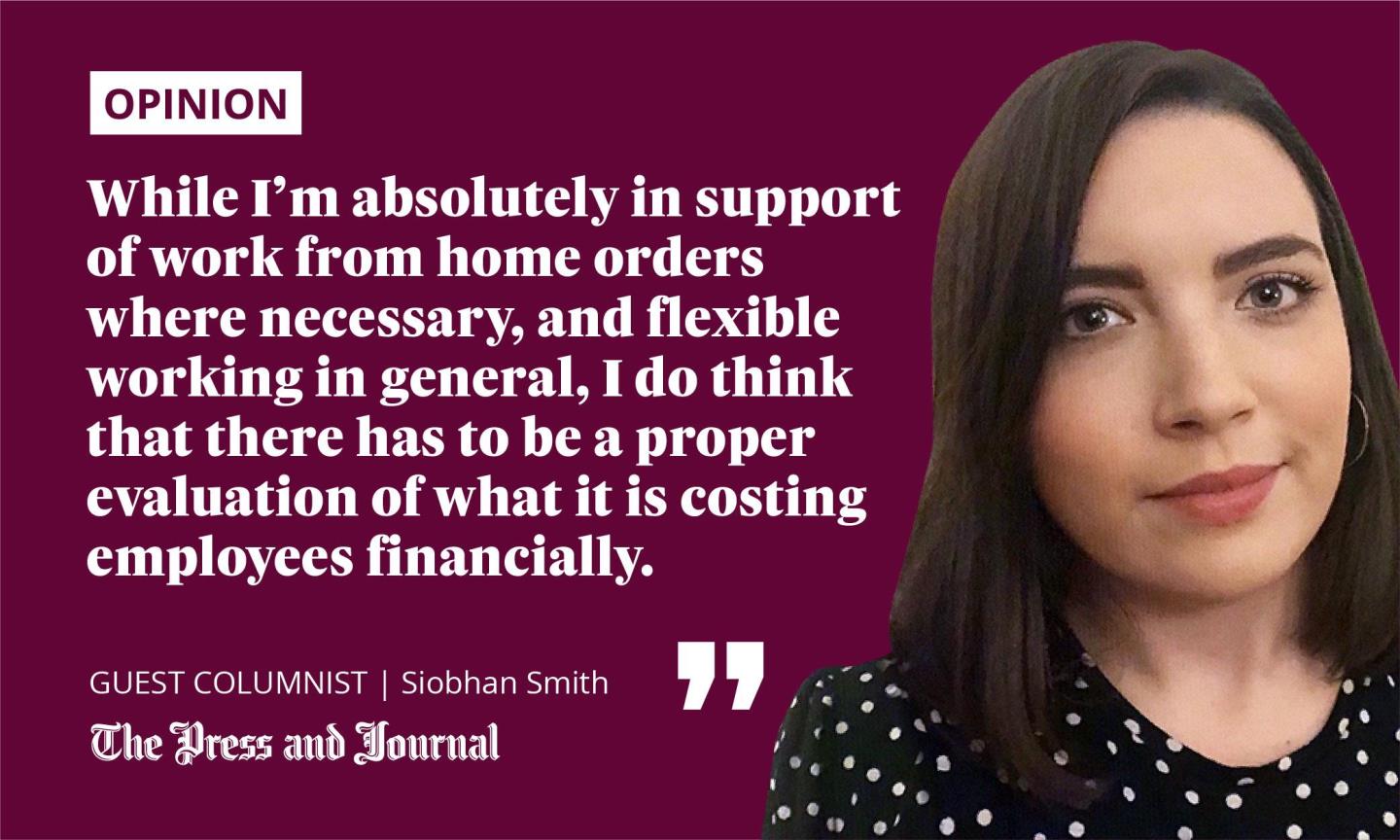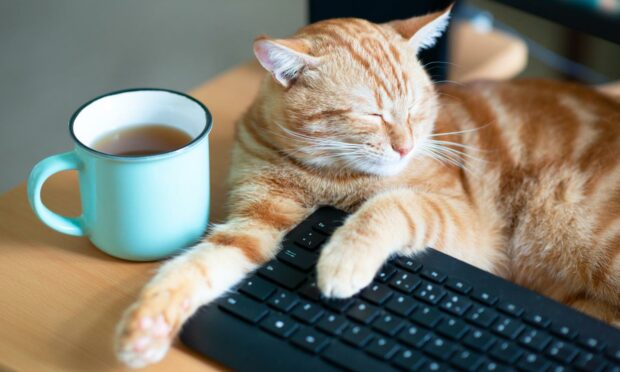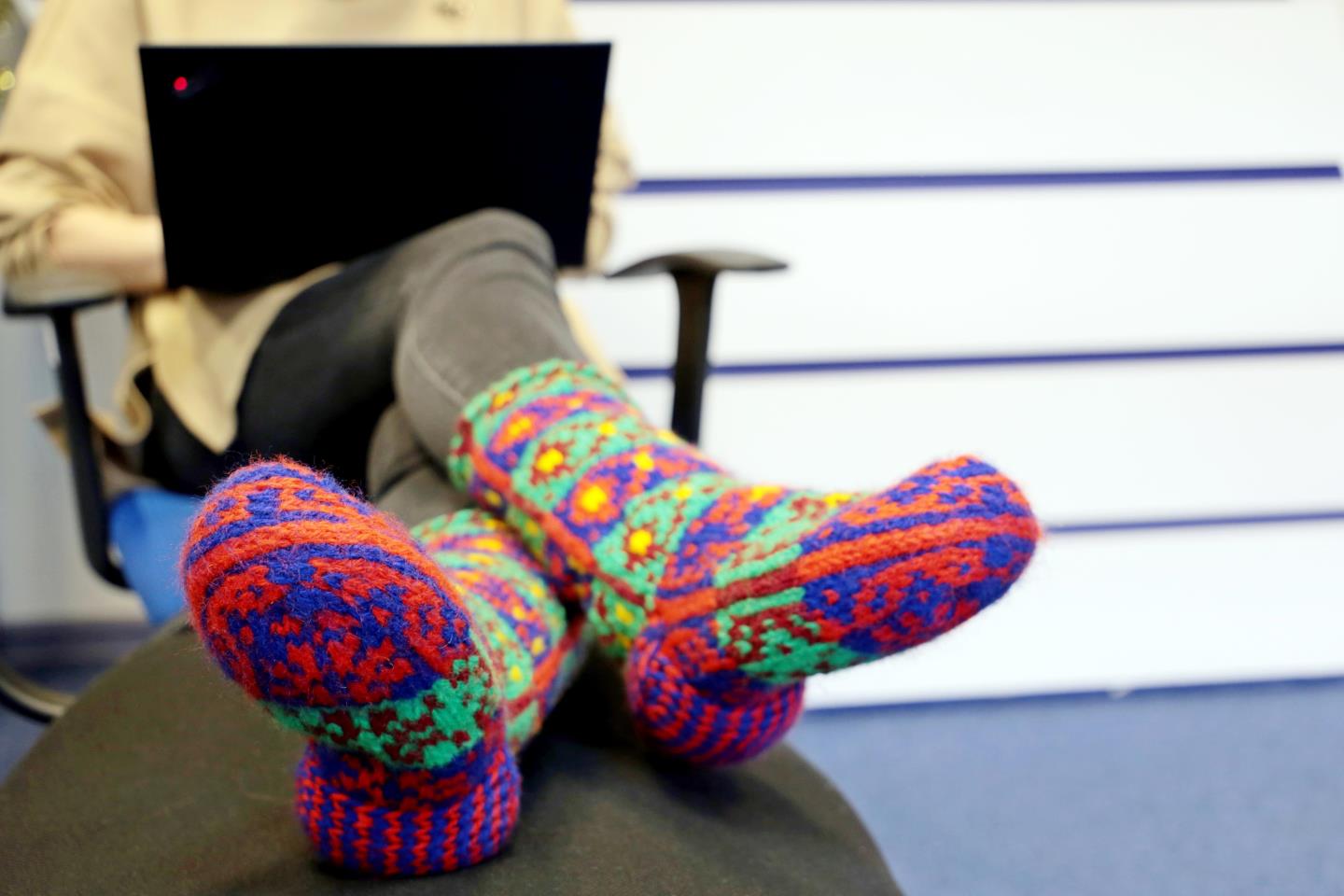Those of us lucky enough to have had time off over the festive period will be back in front of our laptops this week.
Some will be in home offices at proper workstations, others perched at breakfast bars, makeshift desks, and bedside tables (yes, I know someone who is still doing this).
There’s no denying that being able to work from home during a pandemic, and limit exposure to Covid, is a privilege in so many ways. That said, as the months extend into years, we can’t ignore the impact this is having on household costs for workers – particularly as energy prices continue to soar.

I’ve been working from home since that fateful week in March 2020. At that point, the thought of relocating to my kitchen for three weeks seemed like an absolute bonus. As I packed up to leave, it didn’t even cross my mind to take my cereal from my desk, or to bring my cactus home with me.
Since then, I’ve started a new job from home, and tested the water with going freelance. The cereal and cactus are long gone.
If someone had told me then that, two years later, I’d still be hunched over my dining table on my laptop, I wouldn’t have believed them. On that note, my New Year’s resolution is to finally invest in a standing desk.
Why are employees the ones forking out extra cash?
While I’m absolutely in support of work from home orders where necessary, and flexible working in general, I do think that there has to be a proper evaluation of what it is costing employees financially – especially when they don’t have a choice in the matter.
A recent survey has estimated energy bills for people working from home five days a week will be around 17% more expensive than if they were travelling into an office, if current guidance to work from home continues. That works out at around £130 over the course of three winter months.
This is at a point in time where 65% of people living in privately rented accommodation are worried about paying energy bills, according to campaign group Smart Energy GB.
While employees working from home are able to claim tax relief from the government on £6 a week, it doesn’t quite make up the difference. If you are a basic rate taxpayer, the relief is worth 20% – £1.20 a week. If you pay higher rate tax, your relief will be worth 40%, or £2.40 per week.
But there don’t seem to be any consistent guidelines for – and no onus on – employers, who are often saving money where workers are losing it.
Weighing up the savings and costs of working from home
It’s only fair to recognise that employees might be spending less on their commute, as well as things like takeaway coffees and lunches. However, does the suggestion that this makes up for increased bills really add up?
Admittedly, I do save money on lunch because, in my pre-pandemic life, I was never organised enough to make sandwiches the night before work. But the option was there, and many people did do it. And, to counter my lunch savings, my tea bag and milk bill is through the roof… I’m currently on about 20 cups a day.
Should some of these business savings see their way to employees in order to compensate for where they are spending more?
I was lucky that travel costs to my pre-pandemic office were very low – the amount that my energy bills have increased is more than I save on commuting by a significant amount. That’s despite convincing myself that my hot water bottle and thermal socks are keeping me cosy enough, and that I don‘t need to put the heating on until after 2pm.
Since working from home, I have also upgraded my wifi, at a cost to me, after one too many stuttery Zoom meetings. And, I’ve been expected to use my own phone for work calls throughout the pandemic While, in theory, my unlimited minutes mean it’s not costing me any more, it has saved my employer money.
The question is: should some of these savings see their way to employees in order to compensate for where they are spending more?
It shouldn’t become normal for workers to be worse off
A recent study found that 61% of survey respondents would be willing to take a pay cut to be afforded the luxury of working from home. And it’s not just a conversation point – many companies, including Google, are already considering cutting employees’ pay by up to 25% if they choose to work from home permanently.
I suppose the argument here is that those who go to the office each day are financially rewarded for their longer commute times, and the inconvenience of not being at home. However, as several studies have shown, many of us have found ourselves working longer hours at home – logging on earlier and unable to switch off at night time.
Ultimately, for many, new flexible working situations have evolved out of the pandemic – and this is a hugely positive thing. Still the extra financial burden of working at home for workers on low wages can be crippling.
I’m not sure what the answer is. Perhaps there should be subsidisation from employers if workers earn below a certain amount. Maybe an expense system for those who have no choice but to work from home, and find themselves spending more on phone or energy bills as a result.
One certainty is that working from home – at least a few days per week – is very much here to stay and, as the new normal, it seems that some consistency to ensure employees aren’t worse off financially would be beneficial.
Siobhan Smith is a freelance journalist and TV development executive
















